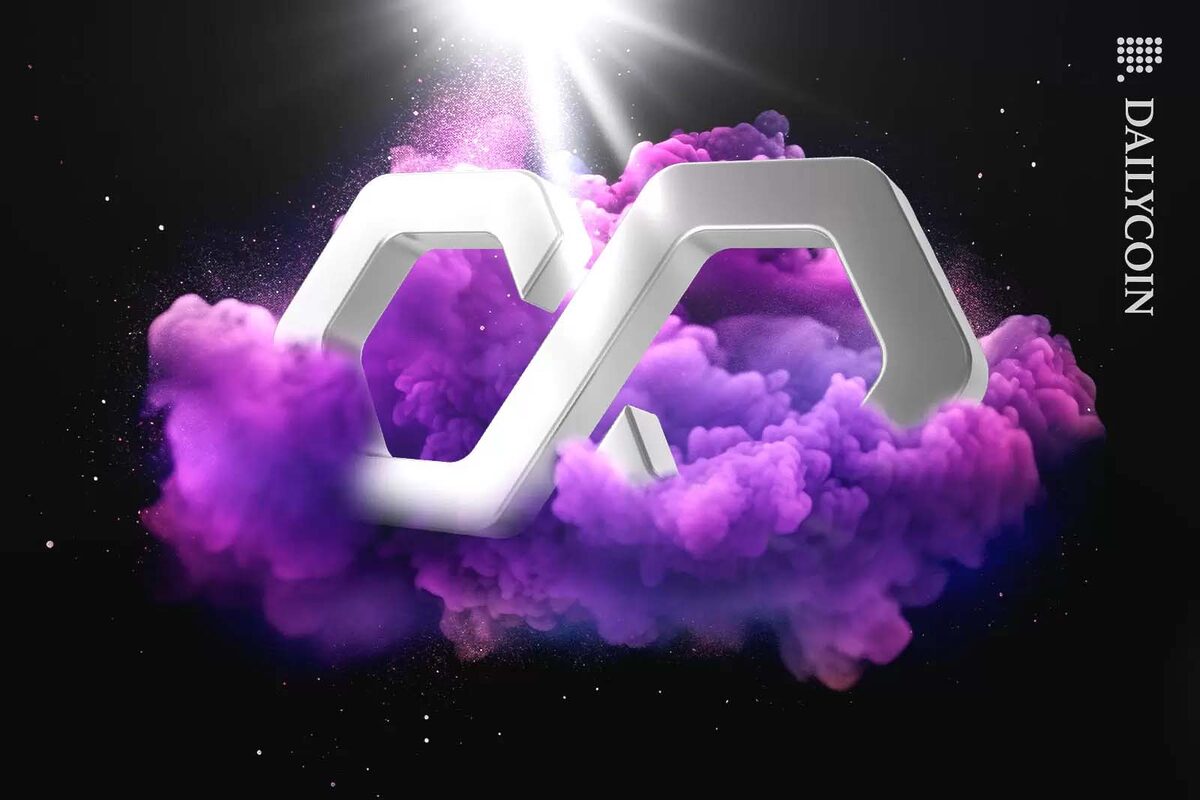- EVM parallelization is emerging as a leading crypto narrative in 2024.
- Buzz around the narrative is driving hype around Sei.
- This article explains the emerging concept and why it creates excitement around Sei.
A new narrative emerges every few months to spark excitement and drive speculation in the crypto markets. In 2023, dominant narratives included Artificial Intelligence (AI), Ethereum rollups, and real-world asset tokenization.
As 2024 enters into gear, a new narrative called EVM parallelization is springing up, driving excitement around the Sei blockchain.
In this article, DailyCoin breaks down the concept of EVM parallelization and why it’s such a big deal.
EVM Parallelization Explained
EVM parallelization combines two words: EVM and parallelization. To better understand the concept, it is necessary to understand what each of these words means.
EVM, shorthand for Ethereum Virtual Machine, refers to Ethereum’s computation and data storage software for processing smart contract codes and transactions. Aside from Ethereum, various blockchains support the EVM to attract the large Ethereum development community by offering support for Solidity, the network’s smart contract programming language.
On the other hand, parallelization refers to a computing process known as parallel execution. The process involves running multiple tasks simultaneously across several processors for greater efficiency.
The concept of EVM parallelization seeks to scale EVM chains through parallel transaction processing, as the EVM, by default, commits all its processing power to processing transactions one at a time.
Why is EVM Parallelization Such a Big Deal?
While intended to filter out related transactions easily, the EVM’s sequential processing model can be a bottleneck when transaction volumes are high, with network congestion triggering jarring fee spikes that make the network unusable. The struggles of certain blockchains to handle inscriptions have recently highlighted this downside.
LMFAOOOOOOOOOOOOOOOOOOOO pic.twitter.com/sFStqXggYf
— Ansem 🐂🀄️ (@blknoiz06) December 18, 2023
Parallel processing promises to allow EVM chains to meet greater demand with faster and cheaper transaction processing. Proponents also argue that the model would allow for more sophisticated decentralized finance (DeFi) applications to be developed.
While blockchains like Solana, Aptos, and Sui already boast some parallelization, developers have struggled to implement it on the EVM. The main technical hurdle has been finding a way to allow for parallelization within the EVM while avoiding conflicting transactions. Enter Sei.
Sei: The First Parallelized EVM?
Developers claim that Sei will be the first parallelized EVM following the rollout of an upgrade scheduled for the first half of 2024 as the blockchain sets its sights on becoming the fastest blockchain in the world.
“Sei v2 introduces optimistic parallelization, allowing transactions to run in parallel without developers needing to define dependencies. Conflicting transactions touching the same state will be rerun sequentially, maintaining determinism,” the team wrote in an update at the end of December 2023.
Amid the anticipation, the Sei network has seen significant buzz over the past week, with memecoins like SEIYAN springing up and earning early investors mouth-watering gains. The excitement has also been reflected in the price of the network’s native token SEI, which tapped a new all-time high of $0.799621 on January 2 and is up 61.3% in the past seven days, per data from CoinGecko at the time of writing.
On the Flipside
- Polygon Labs claims that Polygon’s Proof-of-Stake (PoS) chain has already had parallelization on the mainnet for the past four months, tipping the capability for its impressive handling of over 160 million inscriptions, the highest of any chain.
- The concept of EVM parallelization is similar to Ethereum’s danksharding vision. However, developers agree that danksharding is still years away.
Why This Matters
With EVM parallelization on the path to becoming another crypto buzzword, it is necessary to understand what the concept entails and why users are excited by its prospects, as it promises to combine one of Solana’s best features with Ethereum’s robust smart contract capabilities.
Read this for more on what speeds on Sei could look like following its upgrade:
Solana (SOL): The Fastest Layer One Blockchain
Read this for the latest on Grayscale’s Bitcoin ETF application:
Grayscale Bitcoin ETF Bid Questioned Over Amended Filing
Related articles
Polygon Clashes Sei’s Hyped EVM Parallelization Claims


Polygon Leads as Inscription Craze Takes Hold of EVM Chains



